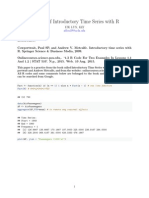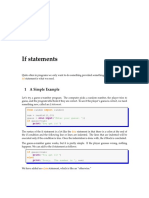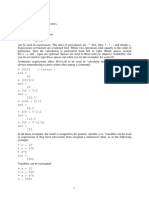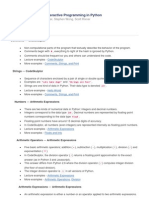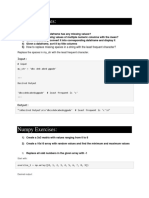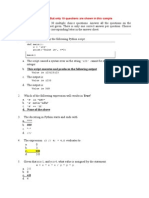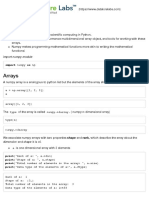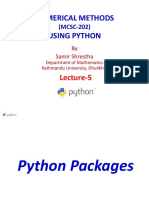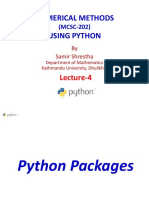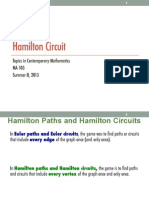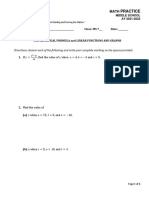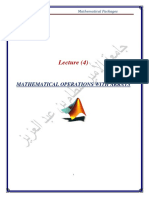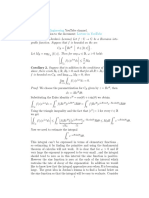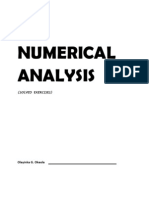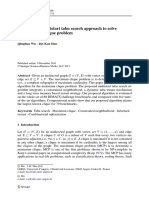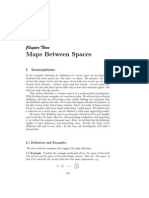0% found this document useful (0 votes)
145 views34 pagesPython for Numerical Methods
This document discusses NumPy, a Python package for numerical computing. It introduces NumPy and some of its key features, such as creating and manipulating multi-dimensional arrays. Several commonly used NumPy functions and methods are also described, including those for linear algebra, trigonometric functions, and statistical operations on arrays. Examples are provided for indexing, slicing, and other operations on NumPy arrays.
Uploaded by
SANJEEV KUMAR KHATRICopyright
© © All Rights Reserved
We take content rights seriously. If you suspect this is your content, claim it here.
Available Formats
Download as PDF, TXT or read online on Scribd
0% found this document useful (0 votes)
145 views34 pagesPython for Numerical Methods
This document discusses NumPy, a Python package for numerical computing. It introduces NumPy and some of its key features, such as creating and manipulating multi-dimensional arrays. Several commonly used NumPy functions and methods are also described, including those for linear algebra, trigonometric functions, and statistical operations on arrays. Examples are provided for indexing, slicing, and other operations on NumPy arrays.
Uploaded by
SANJEEV KUMAR KHATRICopyright
© © All Rights Reserved
We take content rights seriously. If you suspect this is your content, claim it here.
Available Formats
Download as PDF, TXT or read online on Scribd
/ 34

